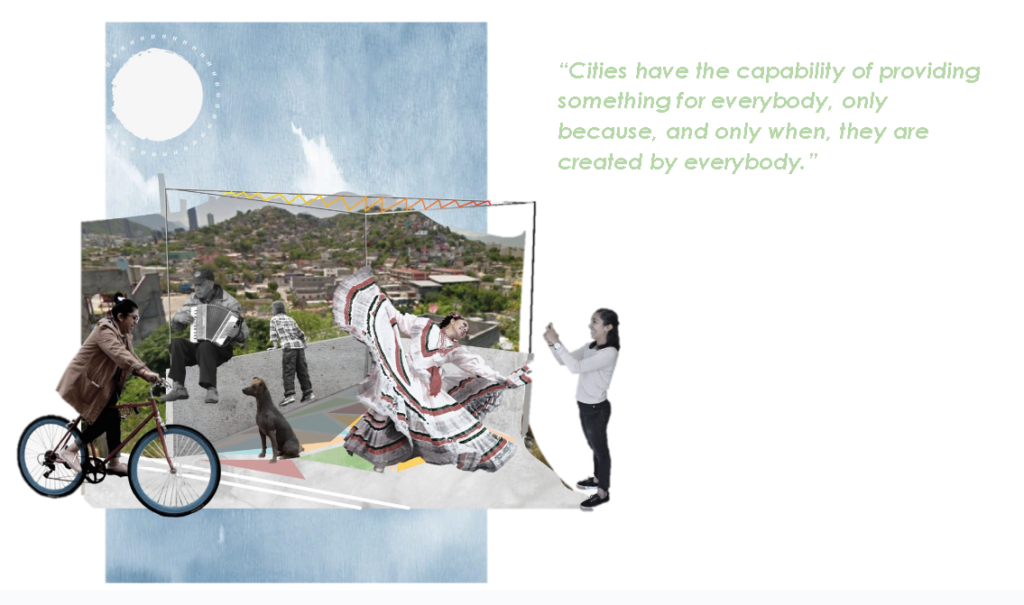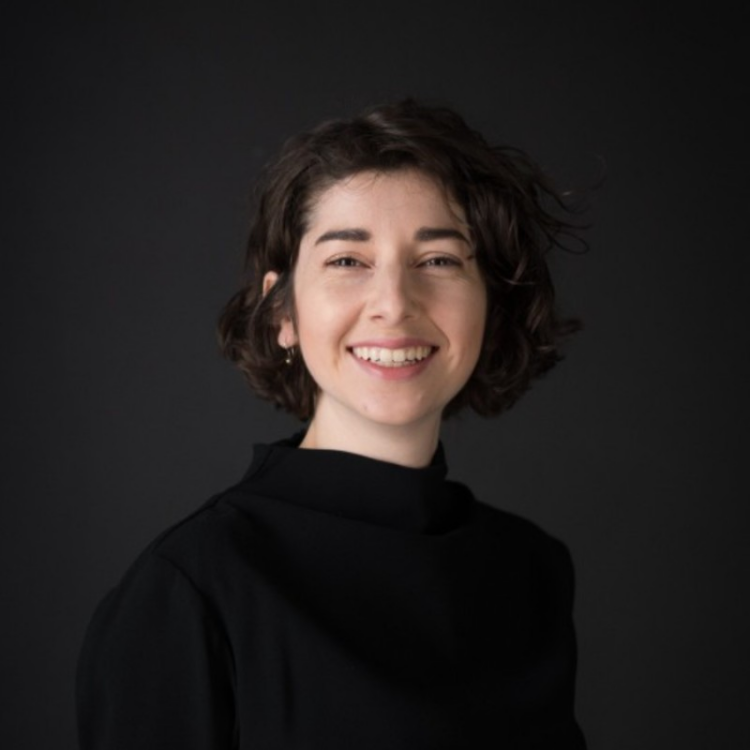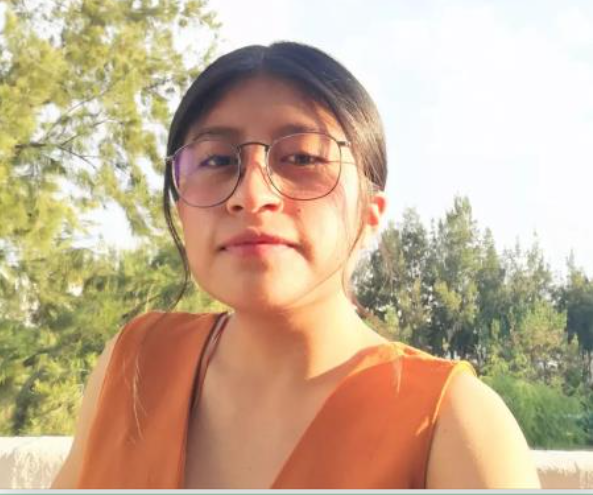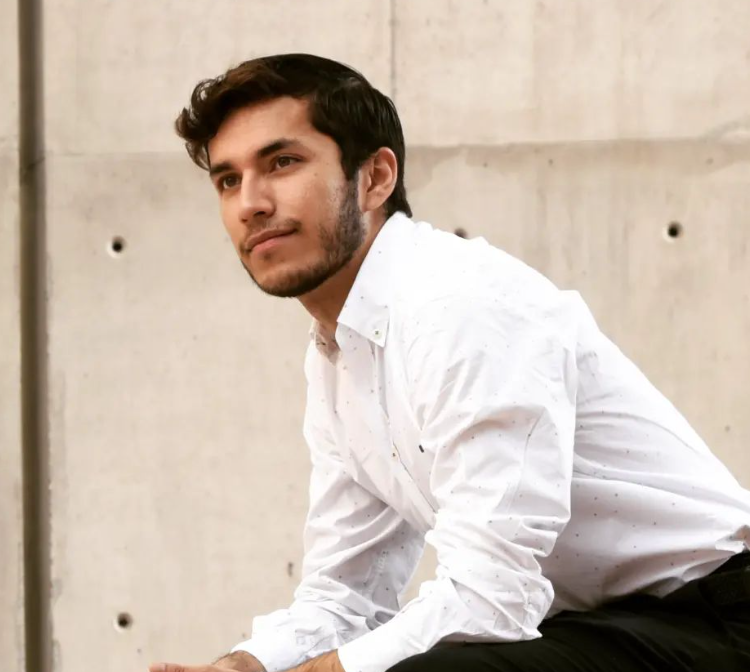Challenge 3: Conceptualizing Regenerative Thinking & Systems at Urban Scale
Team Tequio

“Our purpose is to revolutionize the urban system by dismantling the barriers of segregation, and fostering a more equitable, compassionate, and interconnected system for those who have shown remarkable resilience.”
Welcome
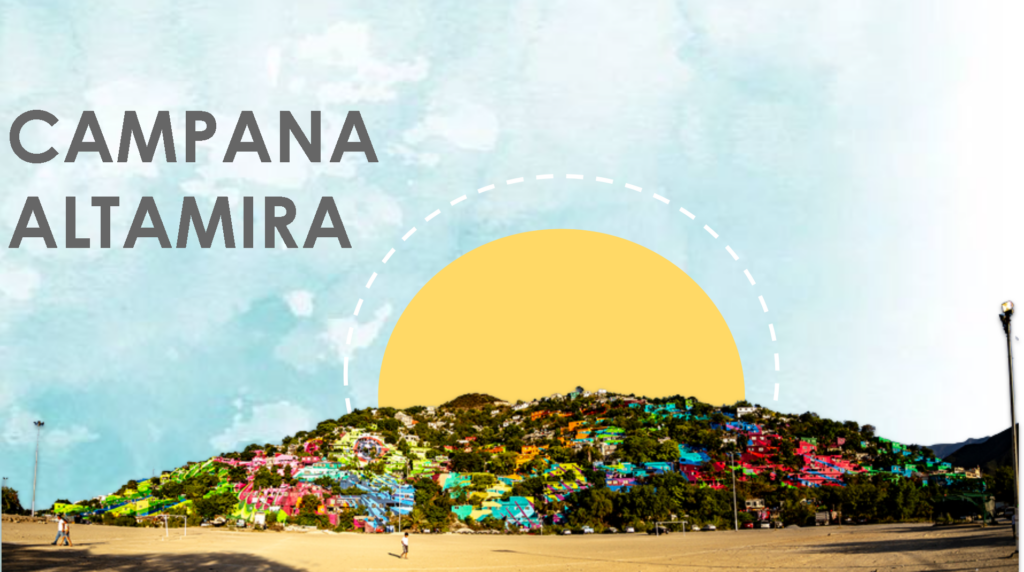
Abstract
“Para encontrarnos” system offers a restructuring of our urban system by working with Campana Altamira inhabitants and creating unique opportunities to secure employment, restore their ecosystem, and make positive impacts through intergenerational encounters. Unlike the current vulnerable situation in the hills, plagued by risks, lack of basic infrastructure, and time poverty, we provide a comprehensive solution that empowers individuals while fostering a sustainable and thriving community.”

Campana Altamira, located in Monterrey, Nuevo Leon, Mexico, is a district of 14 vibrant neighborhoods. With a population of 24,948 inhabitants, this community thrives amidst a backdrop of challenges. The history of Campana Altamira traces back to its humble beginnings as a collection of small infrormal settlements on the slopes of Cerro de la Campana. It became a sanctuary for courageous migrants from different states and countries, who sought a place to call home. This unique district embodies a fusion of cultures, creating a captivating tapestry of traditions and stories.

Campana Altamira is a genuinely resilient district whose brave inhabitants have shaped their culture through a challenging history. Its roots trace back to the arrival of immigrants in the 1960s, who settled in the highest parts of Cerro de La Campana. As this settlement grew, it also faced climate-related challenges such as floods and, more recently, water scarcity due to climate change. However, one of the most impactful moments for the community occurred from 2006 to 2014 during the armed conflicts stemming from the war on drugs. Many residents of this district experienced violence, leaving deep scars on the community’s social fabric.
During that time, numerous residents, who were just children, endured traumas that hindered their ability to have proper socialization in the urban and social environment. This has resulted in a generation that lacks a sense of belonging to their community and does not feel valued in the urban decisions affecting their district. This situation has created a significant gap in the participation and empowerment of the local community.
Some of the main challenges that the inhabitants face
Natural Risk

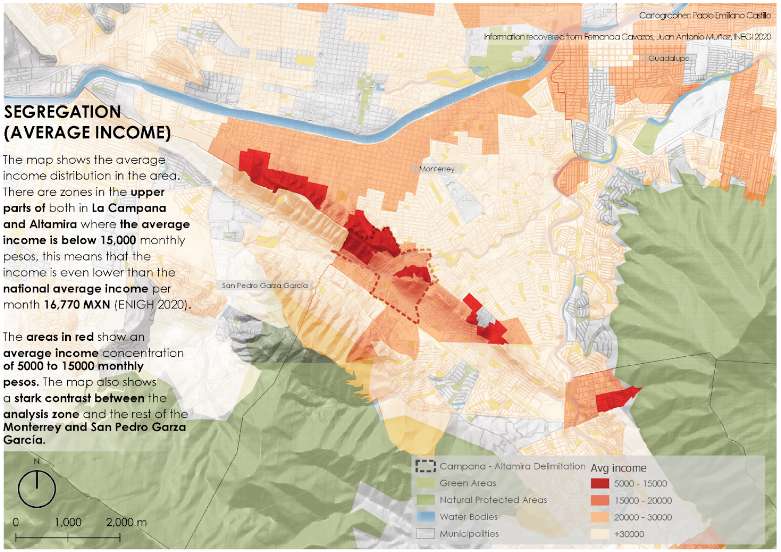
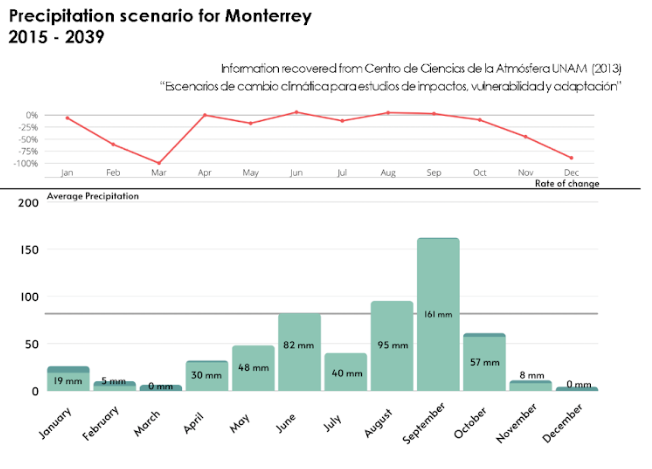
Understanding our segregated system
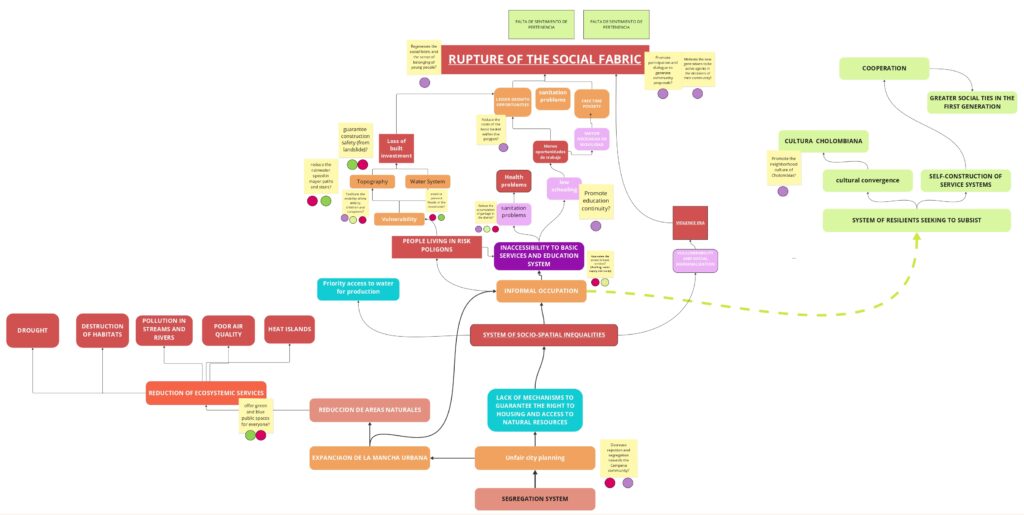
What if we could help regenerate the social fabric of La Campana?
“Para encontrarnos” involves young people creating a network of knowledge to reach out and regenerate the social fabric of Monterrey’s youth. By sharing knowledge and experiences, the project aims to generate entrepreneurial ideas, reduce economic boundaries, and promote our culture.

Once an individual decides to be part of the community network, there are three options available. For neighbors residing on the hill, there is no fee. For the general public, you can exchange a class or lecture on a topic of your choice for each class you attend, resulting in an exponential multiplication of knowledge.
“Para encontrarnos” works with 3 main paths of knowledge
Culture: Along this pathway, people can engage in talks to understand the Colombian movement, learn to play some cumbia rhythms, or even master the art of cooking. Additionally, individuals can receive lessons on the care economy and the culture economy , as well as strategies for optimizing their income.
Biomaterials: This pathway empowers its students to reflect on and learn about the importance of reusing recycled products and transforming them into eco-bricks made by pet. This pathway presents a great opportunity to complement the Arroyo Vivo program, which is currently in operation and aims to improve the well-being of individuals and the water bodies of Campana Altamira. Together, they generate employment opportunities in highly valuable actions, such as the collection of recyclable solid waste.
Restoring: By being part of Restoring, individuals can learn about key topics such as the importance of water conservation and the management and creation of water catchment systems. The goal is to create a district that can address the significant need to resolve water scarcity during periods of drought. In this same pathway, people will also have the opportunity to learn about the creation and use of aquaponics systems, which allow the understanding for an urban farming system that combines aquaculture and hydroponics in one integrated system.
We propose a multi-connected pathway where you can switch from learning about biomaterials to sustainable agriculture or even take a salsa class, all while preserving a horizontal and collaborative connection. The heart of our network is our main hub, but the real magic happens at our “On-site Learning” locations.
In the long run, these initial learning sites will become self-sustaining. For example, a class on water reuse might take place at Manuel’s house, where we learn how to adapt and care for the system. As we progress, we move to another site for a different learning objective or a salsa class. However, Manuel’s system will already be stable and functioning, leaving positive footprints in the community and nurturing the territory.
By prioritizing meaningful encounters, we gradually dismantle the stigma of violence and danger, fostering a safer and more inclusive environment for all, involving youth on different scales, and at the same time reducing systemic boundaries.
Accesible learning for everyone
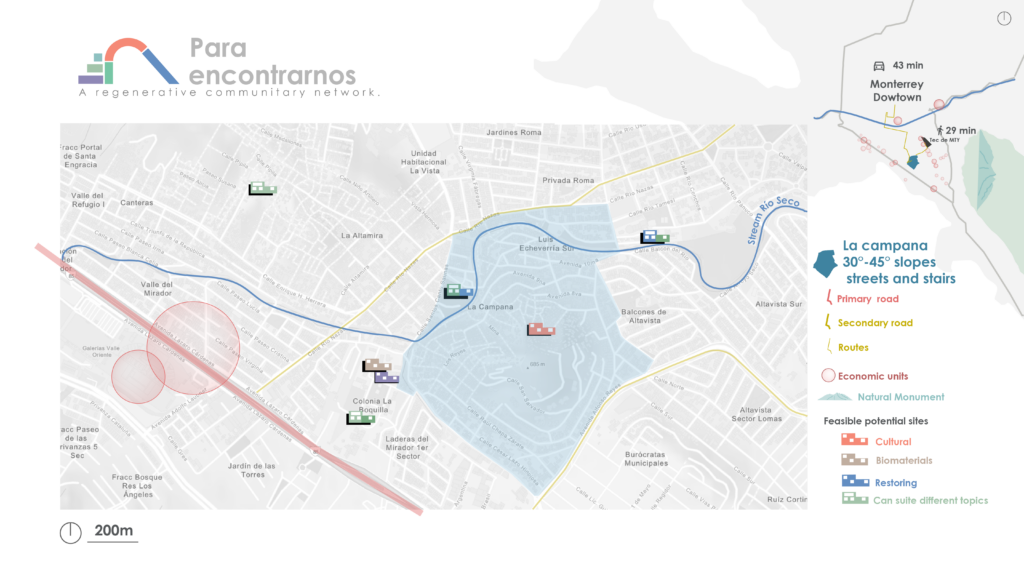
To facilitate our gatherings, we intend to utilize existing cultural centers within the district to conduct our activities. By utilizing these established spaces, our students can immerse themselves in the heart of the community and actively contribute to its development.
These cultural centers serve as hubs for artistic and educational endeavors, providing a platform for creativity, dialogue, and collaboration.
By utilizing existing cultural centers, we not only maximize the resources available within the district but also foster a sense of ownership and pride among the community. It allows us to build strong connections and relationships with local stakeholders, ensuring that our activities align with the needs and aspirations of the residents.
Together, we can transform these cultural centers into dynamic spaces of learning, creativity, and collaboration, where individuals can come together to explore their passions, exchange ideas, and make a positive impact on the district.
Our Vision
Our vision is to break down barriers, bridge gaps, and empower the resilient individuals of Campana Altamira. By creating a fairer and more connected system, we aim to foster a sense of belonging, promote empathy and understanding, and create a vibrant community where everyone can thrive.

Through the understanding of various topics, individuals will have greater opportunities for gathering and creating an entrepreneurial system that allows them to have an impact on their neighborhood. This will improve communication among neighbors and other stakeholders, foster a stronger sense of belonging, and enable the satisfaction of district needs.
Stakeholders System
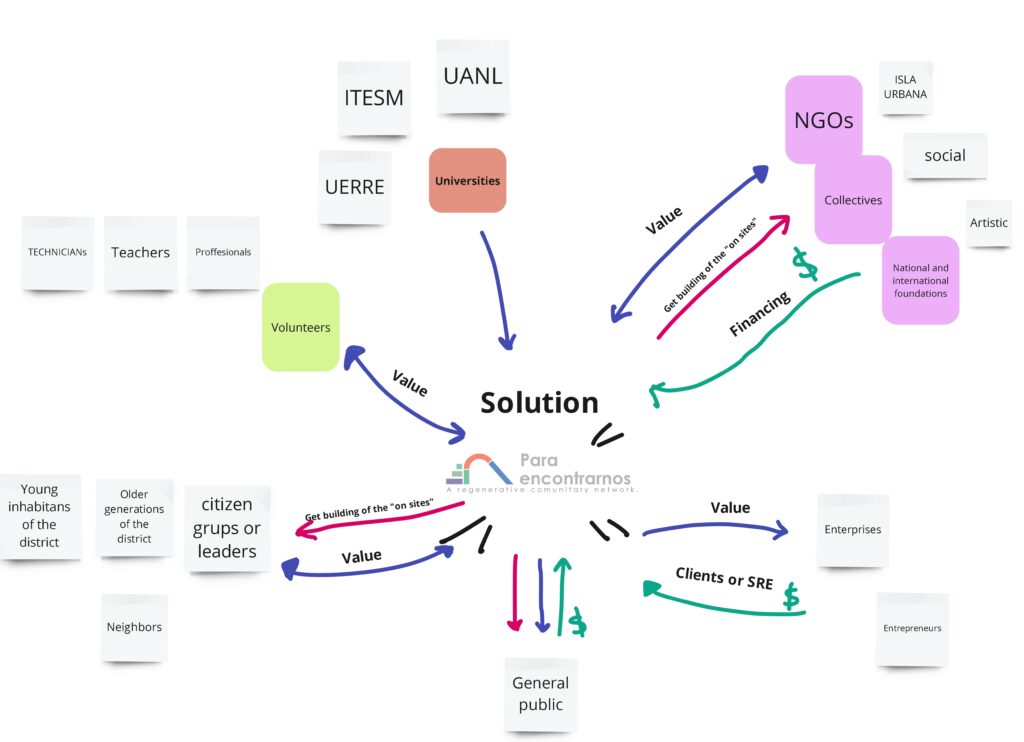
As the urbanist Jane Jacobs once said…
